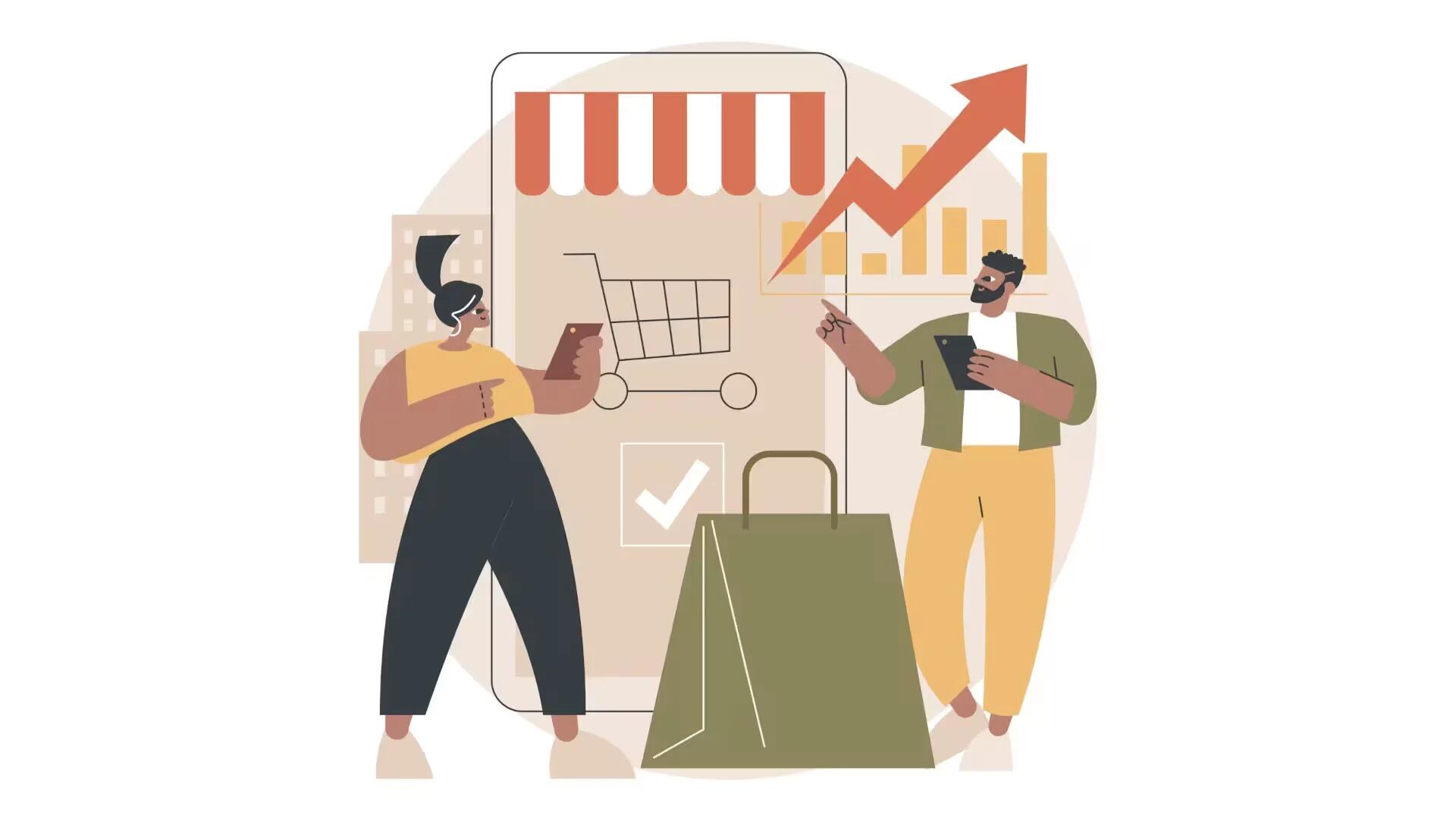Staying ahead is crucial for success in today’s fast-paced and highly competitive retail landscape, where consumer preferences change rapidly. With the advent of advanced digital platforms and technology, retailers have a powerful tool: big data analytics, often called Retail Analytics.
By sifting through vast amounts of data, this innovative approach to data analysis is fundamentally reshaping the retail industry. It permits businesses to gain valuable insights into buying behaviors and forecast trends, enhance personalized customer experiences, and, ultimately, maintain their edge in a saturated market.
Customer Segmentation and Personalization
One key way retailers leverage retail data analytics is through customer segmentation and personalization. Retailers can create detailed customer profiles by collecting and analyzing vast amounts of customer data like purchase history, browsing behavior, and demographic information. These profiles enable retailers to tailor their marketing strategies and product recommendations to individual preferences.
When you receive personalized product recommendations based on your past purchases, it is likely the result of sophisticated data analysis. This enhances the customer’s shopping experience and increases the likelihood of conversion, leading to higher sales and customer loyalty.
Inventory Management and Demand Forecasting
Effective inventory management is critical for retailers to optimize costs and meet customer demand. Big data analytics, supplemented by retail analytics consulting, is pivotal in providing real-time insights into inventory levels, sales trends, and demand forecasting.
Retailers can use historical sales data and external factors like weather patterns and economic indicators to accurately predict future demand. These analytics consulting services aids in interpreting this data effectively, allowing retailers to optimize inventory levels, reduce excess stock, and prevent stockouts.
By aligning supply with demand, retailers can ensure they have the right products in stock at the right time, increasing efficiency and profitability.
Enhanced Pricing Optimization
Competitive pricing is a constant challenge in the retail industry. Retailers are now turning to big data analytics to optimize their pricing strategies. Retailers can adjust their pricing based on real-time data on competitor pricing, consumer price sensitivity, and market trends by analyzing retailers icing, where prices change based on-demand and other factors, which is becoming increasingly common. This strategy maximizes profits, and retailers remain competitive in a market where price-conscious consumers have abundant options.
Fraud Detection and Loss Prevention
Retailers face great challenges when it comes to fraud and loss prevention. Big data analytics can help identify unusual patterns and behaviors that may indicate fraudulent activities, such as payment card fraud or employee theft.
By monitoring transactions, video surveillance, and inventory data, retailers can detect anomalies and take preventive measures promptly. This saves money and enhances security, creating a holistic shopping environment for both customers and employees.
Enhancing the In-Store Experience
Even in an era of prevalent online shopping, the tactile in-store experience remains indispensable for many retailers. Leveraging big data analytics capabilities, it is revolutionizing how retailers operate their brick-and-mortar establishments.
For instance, through technology integration, retailers can meticulously track customer movement and intricate store behavior using location-based data, sophisticated in-store sensors, and cameras. This information can be systematically used to optimize store layouts, refine product placements, determine promotional areas, and adjust staffing levels for peak times.
Conclusion
In conclusion, big data and retail analytics have become game-changers for retailers aiming to stay competitive in today’s market. By harnessing the power of data, retailers can segment customers, personalize their shopping experiences, optimize inventory, fine-tune pricing strategies, and enhance security. These analytics also allow businesses to use data to improve the in-store experience, ultimately driving customer satisfaction and loyalty.
As technology advances, it is clear that big data analytics will remain a cornerstone of retail strategy. Retailers who embrace these tools and adapt to changing consumer preferences will be well-positioned to survive and thrive in the dynamic and competitive retail landscape.
